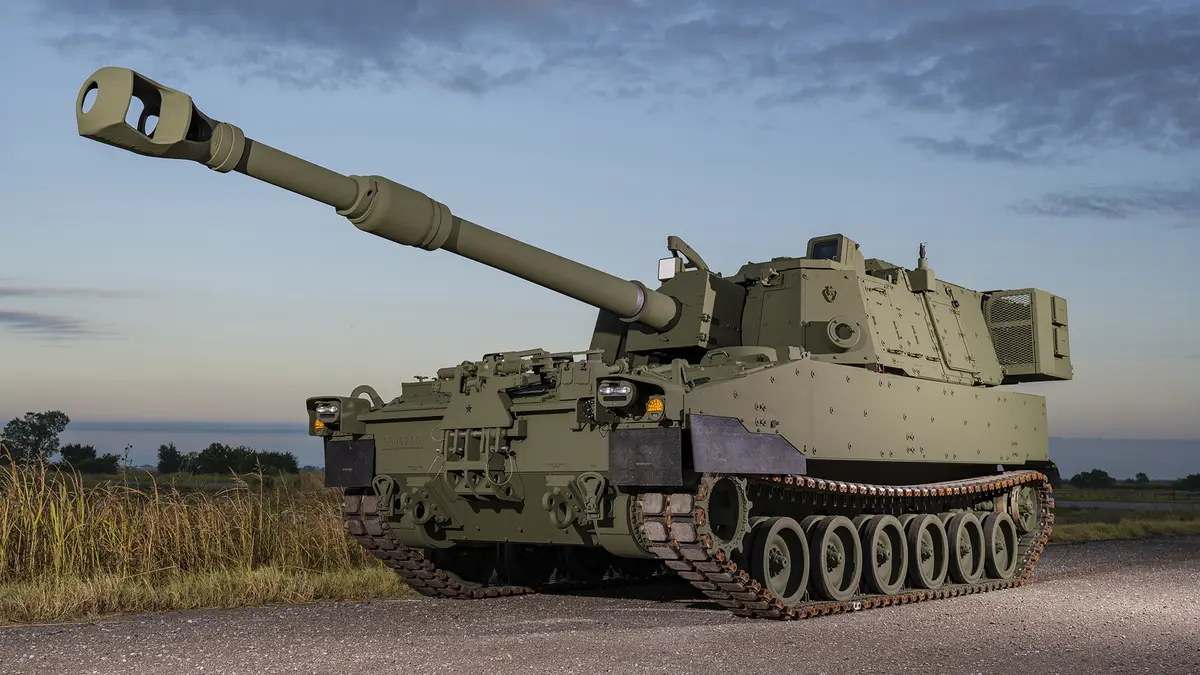As part of its efforts to enhance its long-range precision strike capabilities, the Taiwanese Army has adjusted its artillery modernization strategy, now focusing on acquiring the latest M109A7 Paladin self-propelled howitzers from the United States. This decision is part of the country’s broader defense restructuring, which emphasizes asymmetric warfare and long-range systems.

The “Ruiting Project,” which initially planned to purchase 40 M109A6 self-propelled howitzers for TWD 17.2 billion (560 million USD) between 2020 and 2024, has been reevaluated in light of evolving security concerns. Taiwan’s shift in priority, aimed at countering China’s military concentration along its southeastern coastline, has led to a greater focus on advanced strike capabilities.
Defense assessments conducted jointly with U.S. military officials highlighted the need to acquire HIMARS (High Mobility Artillery Rocket Systems) to strengthen long-range strike capabilities. As a result, Taiwan is expected to receive 29 HIMARS units under the “Honglei Project,” with the first batch of 11 units already delivered to the island. The remaining 18 units are scheduled for delivery by the end of 2026, further enhancing Taiwan’s strike range and precision.
In parallel with this acquisition, Taiwan has formalized its plans to procure the M109A7 Paladin self-propelled howitzers, the latest model of the U.S. Army’s artillery, under the 2026 defense budget. This move follows the decommissioning of the M109A6, which Taiwan had initially planned to purchase, in favor of the more modern M109A7. By integrating Taiwan’s order into U.S. production lines, costs are expected to be reduced, and delivery timelines optimized.
The M109A7 Paladin offers improvements over older artillery systems, featuring a redesigned chassis, enhanced electronics, and improved mobility, survivability, and firepower. These upgrades provide Taiwan with a more capable and efficient system to replace its aging M109A2 and A5 howitzers, which have been in service for over 30 years.
